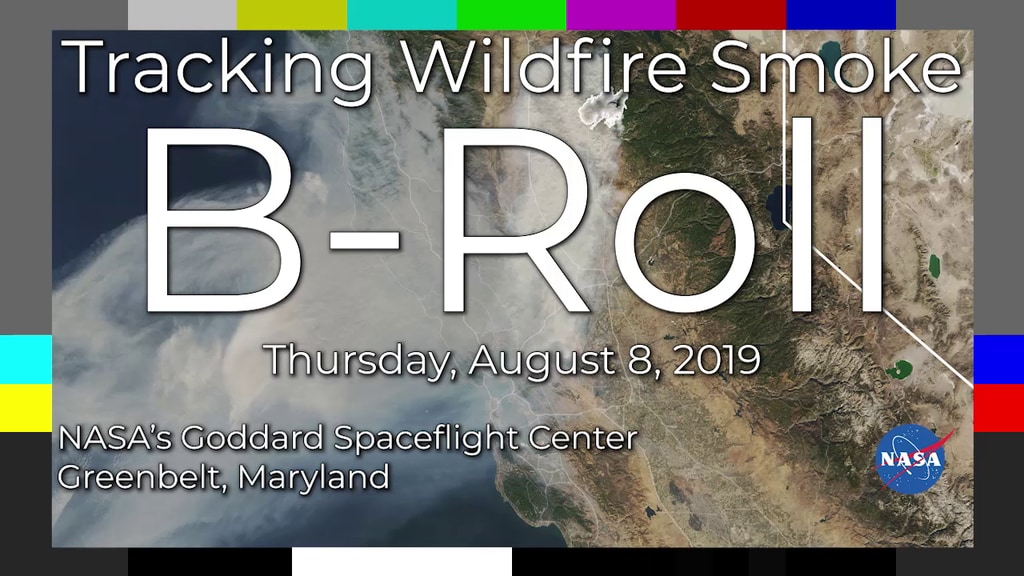Dust in the Wind

Dust, salt and smoke swirling in the air tell a story of summer 2017.
Tiny particles in the atmosphere travel in leisurely swirls on air currents across the globe. Often microscopic, three of these aerosols are visualized by a computer model that shows the voyages of sea salt (blue), dust (brown), and smoke (white) during the 2017 hurricane season. Off the coast of Africa, sea salt and dust show the formation of hurricanes as winds curl them into a cyclone. As these storms travel across the Atlantic Ocean and intensify, the amount of sea salt increases dramatically. At the same time dust from the Sahara Desert gets caught in water droplets and rains down into the ocean. In the Pacific Northwest, smoke from wildfires gets caught in weather that transports it all the way to Europe. The Global Modeling and Assimilation Office (GMAO) at NASA’s Goddard Space Flight Center created this visualization using the Goddard Earth Observing System (GEOS) computer model. When combined with data from NASA’s satellites, the model becomes a tool for scientists to fully understand aerosols’ impact and how they fit into the global Earth system. Watch the video to learn more.
Watch three major aerosols swirl through atmospheric currents in this simulation of July 31 through Nov. 1, 2017.

Smoke from fires in the Pacific Northwest and Canada curls westward over Alaska and sweeps east toward Europe.

Saharan dust is swept into the outer cyclonic winds of tropical storm Irma. Rain at the center of the storm washes it out of the air.

Sea salt picked up from the ocean twists into tropical cyclones in the Pacific and Atlantic, including Hurricanes Jose and Maria.

Over the North Atlantic (center), air carrying smoke (white) blows a spiral of sea salt out of shape toward Europe.
Credits
Please give credit for this item to:
NASA's Goddard Space Flight Center
-
Producer
- Matthew R. Radcliff (USRA)
-
Scientist
- William Putman (NASA/GSFC)
-
Writers
- Ellen T. Gray (ADNET Systems, Inc.)
- Matthew Haynes (Experiential Learning Program, UMD)
Release date
This page was originally published on Monday, August 27, 2018.
This page was last updated on Wednesday, May 3, 2023 at 1:46 PM EDT.

![Tracking aerosols over land and water from August 1 to November 1, 2017. Hurricanes and tropical storms are obvious from the large amounts of sea salt particles caught up in their swirling winds. The dust blowing off the Sahara, however, gets caught by water droplets and is rained out of the storm system. Smoke from the massive fires in the Pacific Northwest region of North America are blown across the Atlantic to the UK and Europe. This visualization is a result of combining NASA satellite data with sophisticated mathematical models that describe the underlying physical processes.Music: Elapsing Time by Christian Telford [ASCAP], Robert Anthony Navarro [ASCAP]Complete transcript available.Watch this video on the NASA Goddard YouTube channel.](/vis/a010000/a012700/a012772/12772_hurricanes_and_aerosols_1080p_youtube_1080.00001_print.jpg)